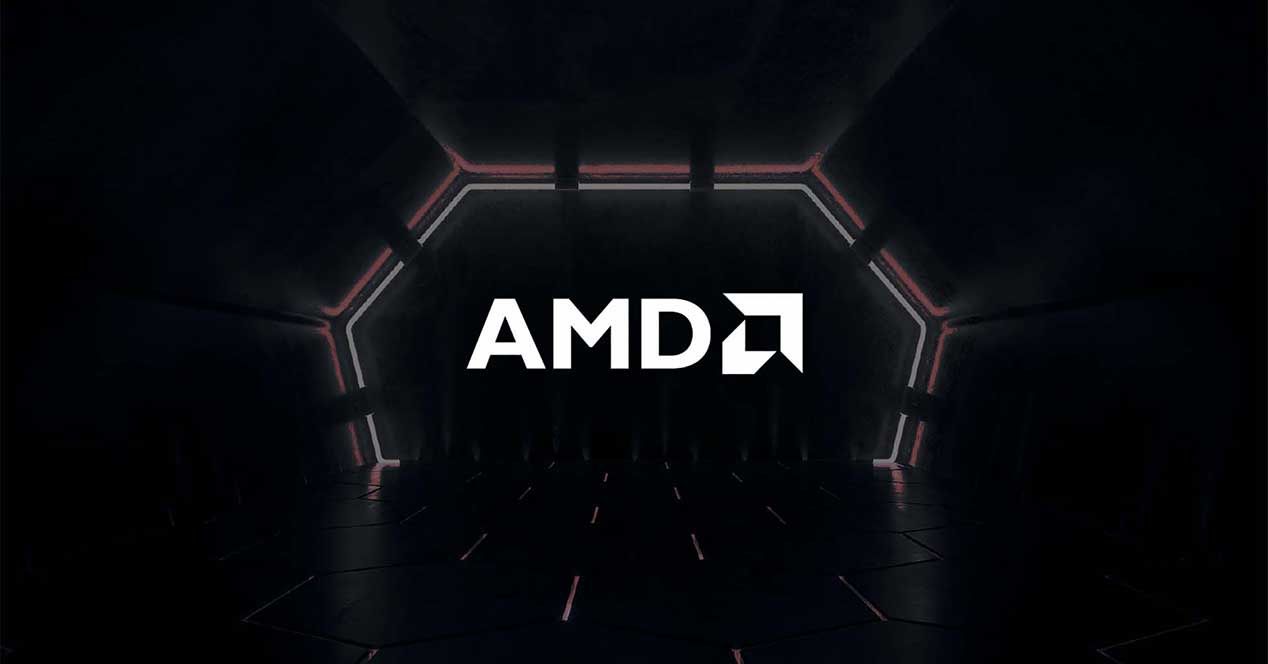When AMD presented its preview of Zen 2 with Lisa Su and already at CES, reference was made to certain data which were treated much more highly, in particular, the market share in the last quarter of 2018, but no concrete figures were given in this respect. Today AMD has communicated these figures where we see that their share has increased in three key sectors.
Impact of 3000 series processors
As expected, and taking into account previous estimates, AMD has grown in the three key sectors in which it has been outperforming for years. The push of the Zen 2 preview, the high prices and low availability of Intel processors and the compatibility of the brands for the new 3000 series seem to have had an impact on buyers.
This is a sector that Intel has maintained with a relatively high share. But what we do know now is that AMD has taken a good bite off the cake in terms of share, as it now accounts for 15.8% of the global processor market. That’s an improvement of 2.8% in the last quarter of 2018 and 3.9% over last year, which is also a hard blow for Intel at Christmas.
These data show how AMD is regaining its share from the fourth quarter of 2014 and where the trend on the red side of the table seems to be accelerating.
This is because Intel (according to Mercury Research) has preferred high-margin products in its efforts to maintain supply, which means that its Pentium and Celeron are most affected by the shortage and are giving AMD free rein in this sector.
The notebook processor market is critical because, according to Mercury Research, it accounts for two-thirds of the world’s processors. AMD entered this sector strongly in 2018, reaching 1.3% at Intel in the last quarter and a whopping 5.3% year-on-year.
Lisa Su said that AMD had achieved the coveted “mid-single-digit percentage” in the server market, but there was intense debate here, with AMD reporting a 5% equity gain and Mercury Research a 3.2% gain.
AMD EPYC on the way
The difference in criteria is from a data analysis point of view, as some cover all server processors for X86 and others only cover processors for the traditional server from one or two sockets. Although the EPYC is gradually making a break in companies, the truth is that it has been predicted to increase more, as we have seen in previous articles.
It is true that the introduction of EPYC at 7 nm should increase revenue again as its performance is higher and its consumption may be the same or lower depending on the CPU chosen.
We will have to wait another quarter to see market movements, although this year 2019 looks at least as good for AMD as 2018.
